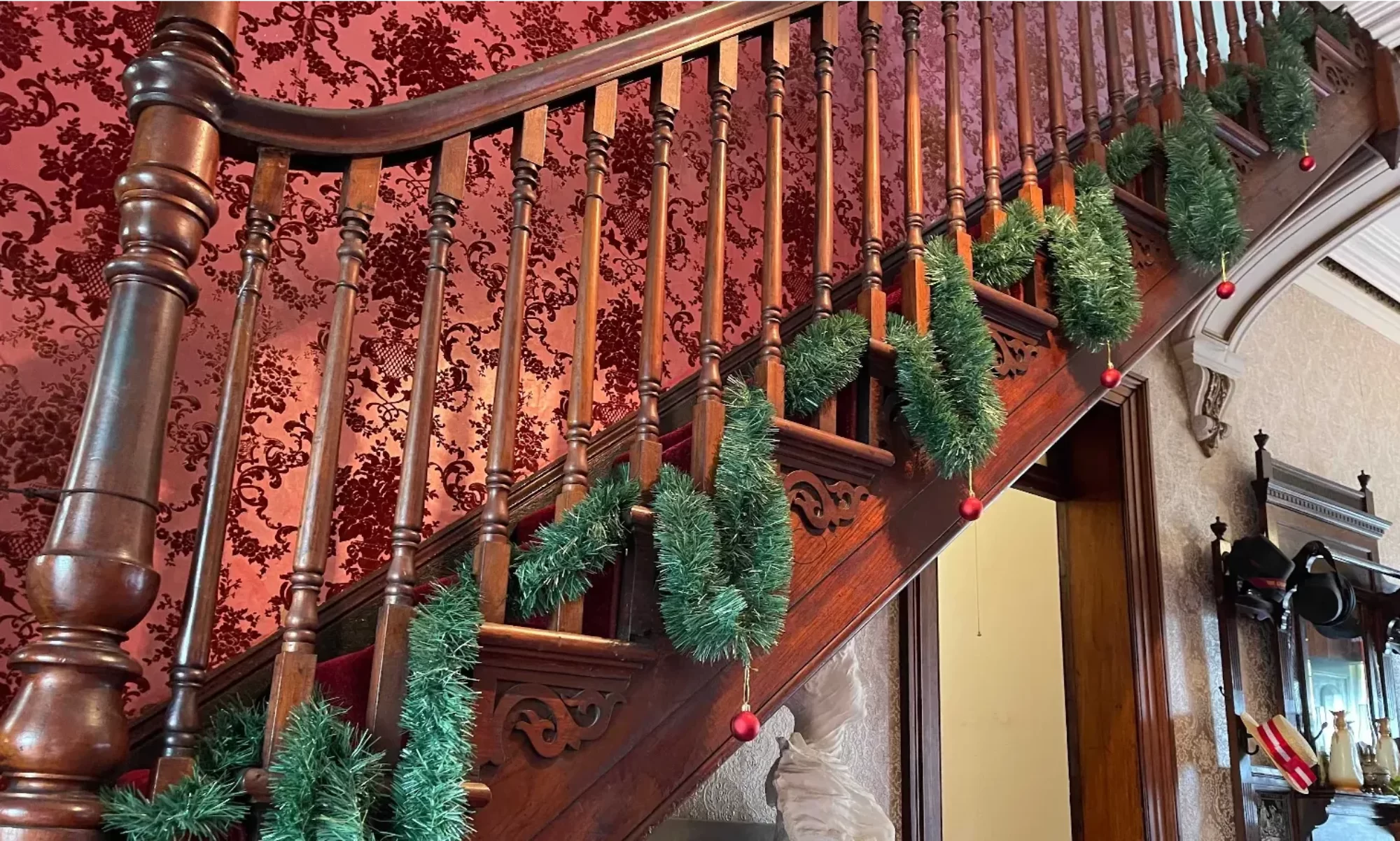by Gifford Eardley The Wolli Creek, one of the principal tributaries of Cook’s River, junctions with the latter immediately adjacent to the railway bridge at Tempe. In former years its upper waters flowed complacently through a gently sloped forested area which merged into sandstone hill country in the vicinity of the present day Bexley North …

